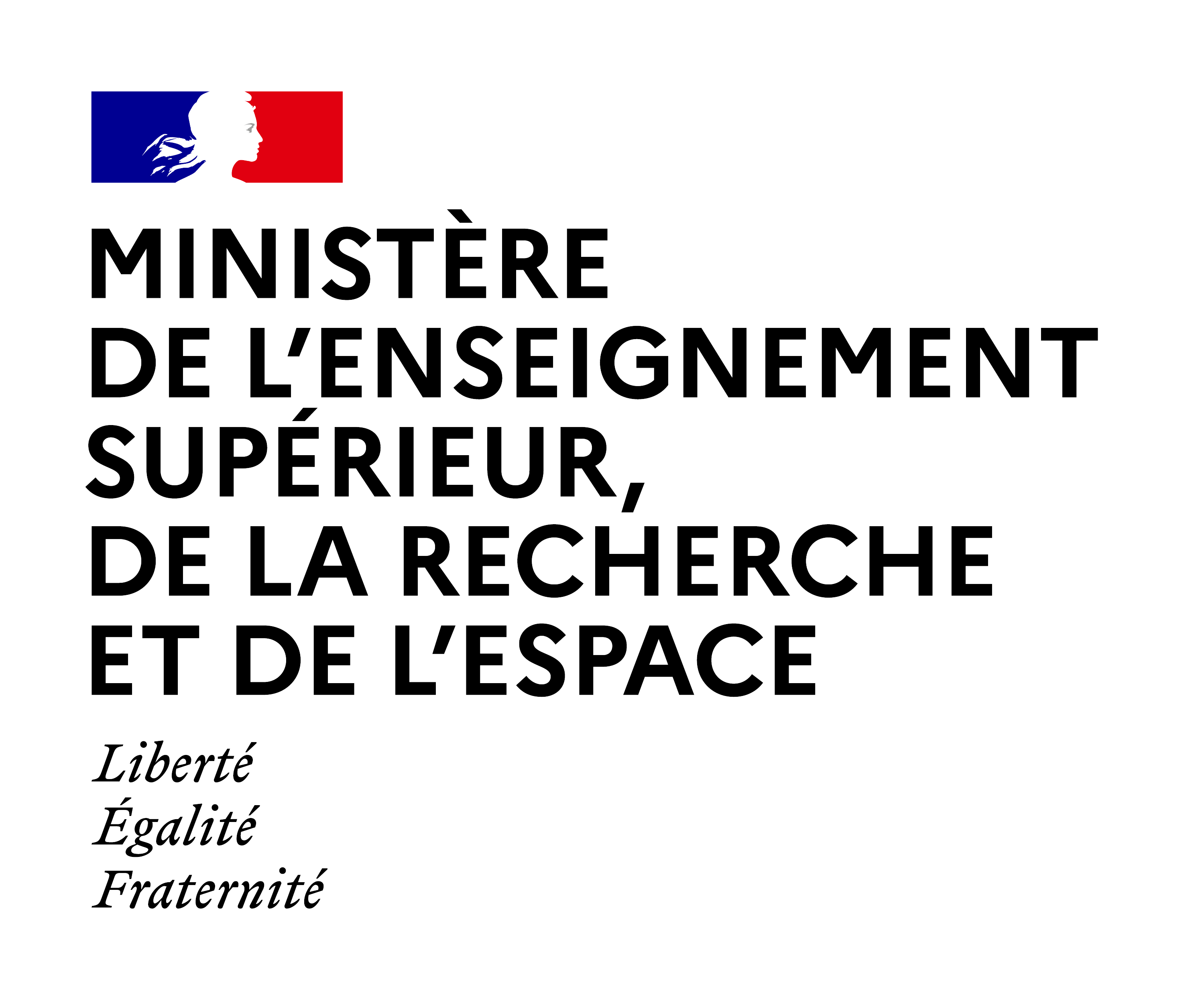Expected Outcome:
In line with the European Green Deal priorities, the farm to fork strategy for a fair, healthy and environmentally friendly food system, and the EU’s climate ambition for 2030 and 2050, the successful proposal will support R&I to promote the production, provision and consumption of alternative sources of proteins as well as dietary shifts towards sustainable healthy nutrition. This will contribute to transforming food systems so that they can deliver co-benefits for climate (mitigation and adaptation), biodiversity, environmental sustainability and circularity, dietary shifts, sustainable healthy nutrition and safe food, food poverty reduction and empowerment of communities, and thriving businesses.
The EU’s farm to fork strategy states that: “European diets are not in line with national dietary recommendations, and the ‘food environment’ does not ensure that the healthy option is always the easiest one”.
The food environment, which makes the link between food supply and diets, is one of the determinants of consumer choices and food production. As such, food environments are essential to enabling a dietary shift towards less livestock-based and less highly processed food (e.g., more fresh and minimally processed fruit and vegetables, plant-based and aquatic food to tackle the over-consumption of meat and dairy). Much more R&I is needed on food environments to ensure that environmental sustainability and health objectives can be achieved.
Projects results are expected to contribute to all of the following expected outcomes:
- Improving the effectiveness and efficiency of food environments to ensure that people, including the most vulnerable groups, have choices in terms of alternative proteins (e.g. plant-based, microbe-based, ocean-based (i.e. fish, algae, invertebrates), fungus-based, insect-based), to foster a dietary shift (accessibility and availability).
- Ensuring an overall improvement in public health as a result of this shift, with a shift towards healthy, sustainable and diversified dietary patterns in line with national dietary advice.
- Reducing the environmental burden of European diets, including but not limited to greenhouse gas (GHG) emissions, air pollution and impact on ecosystems, improving circularity (e.g. food waste and by-products), providing new, sustainable and healthy products made of alternative sources of proteins to consumers.
Scope:
According to studies carried out by Milford et al. (2019)[1] and Castellani et al. (2017)[2], consumer choices depend on the food environment that ensures the availability of and access to food. The behavioural sciences suggest that, to achieve a meaningful dietary shift, a choice architecture should be designed to promote healthy and sustainable food preferences.
Proposals are expected to address the following:
- Empowering the ‘middle part’ of the food system, including for example industry, processors, retailers, food services, cooks and caterers to shape the food environment toward sustainability EU-wide, through the provision of a diverse diet based on alternative protein sources, including through training/skills-building among different actors in order to produce and provide alternative protein food.
- Working on diversifying the offering, particularly in terms of alternative protein sources, and ensuring easier access to and affordability of sustainable and healthy (as defined in national dietary recommendations) foods and diets everywhere (urban, peri-urban and rural areas) for everybody (including the most vulnerable).
- Developing industry-ready processes to sustainably produce food based on alternative proteins whose sensory characteristics (e.g. colour, taste, structure) and nutritional value will be accepted by consumers.
- Developing a typology of food environments across Europe and identifying the enabling factors for positive transformative change to healthy sustainable diets.
- Assessing the tools and instruments (e.g. policy measures, incentives, existing and new promotion and marketing approaches, pricing policies) necessary to increase and vary the provision of alternative protein foods, which would lead to overall healthy and sustainable dietary patterns in line with national recommendations.
- Taking into account several key elements for the provision of alternative protein sources, e.g. shelf life, food handling, affordability (including externalities in prices of unhealthy and unsustainable diets), trade-offs between various food provision routes, developing new varieties of protein sources and rediscovering/valorising old varieties, traceability, and preserving flavour and natural resources (this would therefore be linked to the outcome of projects funded under the HORIZON-CL6-2021-FARM2FORK-01-12 topic: Filling knowledge gaps on the nutritional, safety, allergenicity and environmental assessment of alternative proteins and dietary shift). Gender aspects could also be considered.
- Exploring how the food environment can become ‘crisis-proof’ (whether something can be learnt from or has changed with the COVID-19 pandemic): creating resilient local, regional or European food systems that provide food and nutrition security for Europeans in a way that protects against future disruptions in supply chains. One way of doing this is by diversifying diets and providing people with alternative sources of protein.
- Clearly explain how the proposal will deliver co-benefits to each of the Food 2030 priorities: nutrition for sustainable healthy diets, climate, biodiversity and environment, circularity and resource efficiency, innovation and empowering communities (e.g. meeting the needs, values and expectations of society in a responsible and ethical way).
- Social innovation is recommended when the solution is at the socio-technical interface and requires social change, new social practices, social ownership or market uptake.
- Implementing the required multi-actor approach (see the eligibility conditions) by involving a wide diversity of food system actors and conducting trans-disciplinary research. Proposals should also promote international cooperation. Where relevant, activities should build and expand on the results of past and ongoing research projects (especially the four projects funded under the LC-SFS-17-2019 topic: Alternative proteins for food and feed). Projects should have a clear plan on how they will work with other projects selected under this topic (if funding of more than one project is possible). They should participate in joint activities, workshops, focus groups or social labs, as well as organise common communication and dissemination activities and show potential for upscaling. Applicants should plan the necessary budget to cover these activities.
- This topic should involve the effective contribution of SSH disciplines.
[1] Milford, A.B., et al. (2019). Drivers of meat consumption. Appetite 141 (2019) 104313.
[2] Castellani, V., et al. (2017). Consumer Footprint - Basket of Products indicator on Food. JRC Technical reports.





